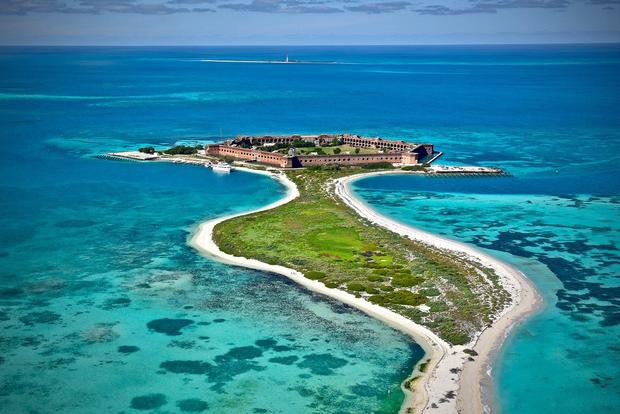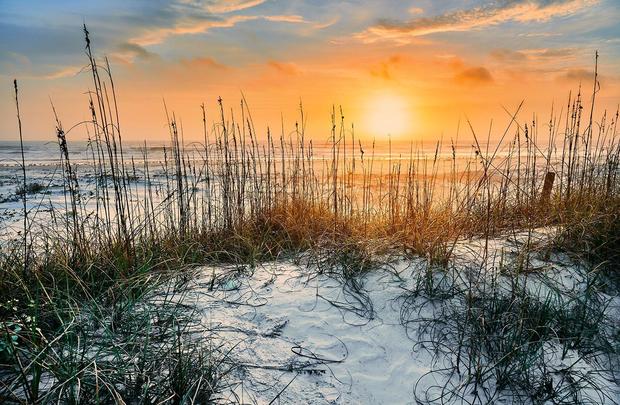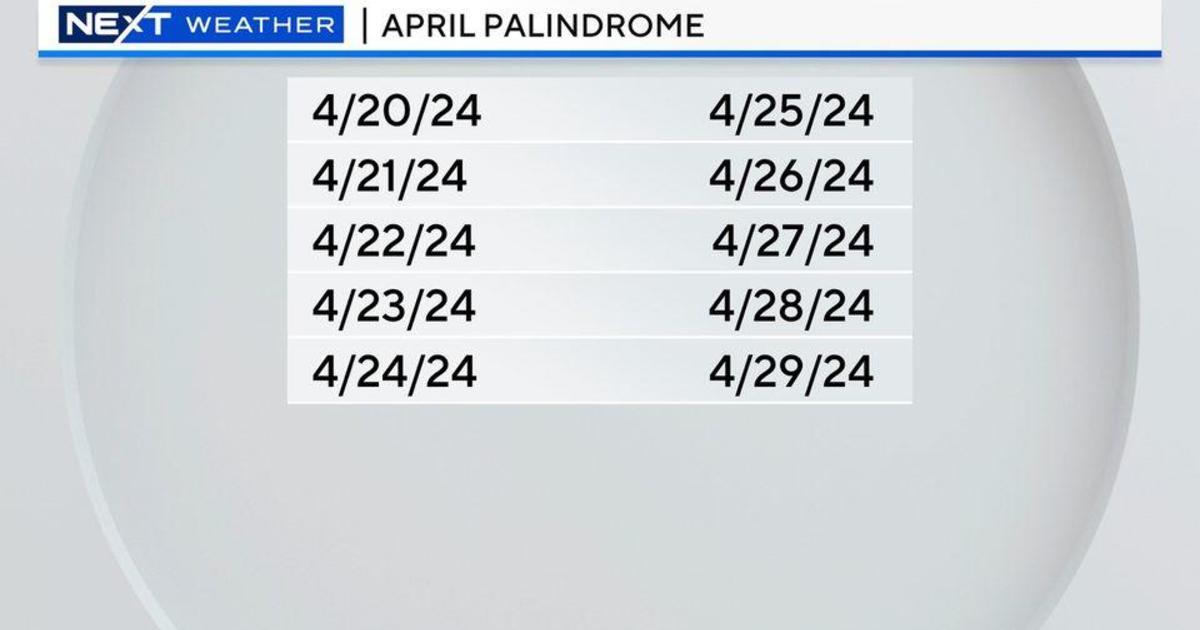Incredible US national park campgrounds you can't drive to
(CNN) — Forget the road less traveled when it comes to camping in US national parks. How about sacking out in places where there are no roads?
Even though most national park campgrounds are easily accessible by motorized vehicles, some of the coolest digs are in places that you can't drive to. We're talking permanent campgrounds with basic facilities that you can only reach by foot or boat.
Sure, you've got to haul in all of your own food and equipment (and carry out your waste). But the reward is a wilderness sojourn that doesn't get spoiled by obnoxious car exhaust, annoying RV generators or having your sleep disturbed by people arriving way too late or leaving before the crack of dawn.
Below are eight incredible national park campgrounds that you can't drive to.
Garden Key (Dry Tortugas National Park)
Have you always dreamed of staying on a romantic desert island? Garden Key is about as close as you can get without being an actual castaway.
Located 70 miles from Key West at the extreme western end of the Florida Keys, it's the only campground in Dry Tortugas National Park. The only way to reach Garden Key with camping equipment is the daily Yankee Freedom III ferry.
Shaded by palms and other trees, the campsites are situated between two small beaches and Fort Jefferson, an early 19th-century US military citadel that's the largest brick structure in the western hemisphere.
The campground offers picnic tables, barbecue grills and composting toilets. But that's it. Campers need to bring everything else: all food and fresh water, tents and sleeping bags, snorkel gear, etc.
Bright Angel Campground (Grand Canyon National Park)
Deep inside the Grand Canyon, Bright Angel takes its name from the adjacent creek rather than the eponymous trail that takes you there from the South Rim.
A favorite for hikers doing the Rim-To-Rim trek, the campground features a ranger station (with seasonal ranger programs), potable water, restrooms, picnic tables and storage lockers to keep your food safe from animals. Meals and snacks can be purchased at nearby Phantom Ranch.
A backcountry permit is required to overnight. The campground can be reached from the south or north rims via three trails, with the 9.9-mile (16-kilometer) Bright Angel Trail as the shortest. Campers should be aware that summertime temperatures can rise incredibly high in the canyon bottom.
Scorpion Canyon (Channel Islands National Park)
Another candidate for best desert island campground in a national park, Scorpion Bay lies near the eastern end of Santa Cruz Island off the coast of southern California.
Island Packers runs daily ferries (year-round) from Ventura Harbor on the mainland. The campground is about a half-mile walk from the ferry pier in a coastal canyon that was once home to the indigenous Chumash people and later a cattle and sheep ranch.
Shaded by large eucalyptus trees, the campground offers picnic tables, potable water, food storage boxes and pit toilets. Campers must bring all of their own food and equipment, as well as their own recreational equipment (snorkel gear, short surfboards, etc).
Half a dozen trails radiate out from Scorpion Canyon across the big island. Be on the lookout for the rare Channel Islands foxes that often hang out around the campground.
Little Yosemite Valley (Yosemite National Park)
Whether you're planning a sunrise summit of Half Dome or setting off along the John Muir Trail, Little Yosemite Valley offers an awesome overnight adventure.
The path leading up from the big valley runs right past the Vernal and Nevada waterfalls. It's only five miles from the trailhead at Happy Valley Nature Center, but with an elevation gain of more than 2,600 feet, it can be tough going with a pack, sleeping bag and tent on your back.
In addition to incredible night skies, the campground offers potable water, composting toilets, communal campfire rings and food lockers to keep Yosemite's notoriously clever bears at bay. Backcountry permits are mandatory even if you're not spending the night.
Palikū Campsites (Haleakala National Park)
If in your wildest imagination you've ever wondered what it might be like to camp on the moon, then head straight away for Maui and this remote campground in the bottom of a Haleakala volcanic crater.
Palikū is popular with trekkers doing a two-day through hike across the national park but can also be a destination in itself on a multi-day out-and-back walk from the visitor center on the west rim. The one-way distance is 9.3 miles across multicolored desert-like wilderness spangled with cinder cones, old lava flows and other volcanic features.
Despite the fact that it's deep in the crater, the campground lies at 6,380 feet above sea level and overnight temperatures can drop below freezing. Volcano stone walls around the campsites help shield tents from sometimes furious winds.
A wilderness campsite permit is mandatory. The only facilities at Palikū are a pit toilet and non-potable water that must be filtered for drinking.
Washington Creek (Isle Royale National Park)
The big wilderness island in Lake Superior harbors offers around three dozen primitive campgrounds that can only be reached by foot, boat or seaplane. One of the easiest to reach is Washington Creek near Windigo on Isle Royale's southeast shore.
Washington Creek offers 10 sites and screened camping structures, as well as picnic tables and potable water. Nearby are a seasonal ranger station, camp store, comfort station and dock where campers can leave their boats overnight.
Those who don't have their vessels can catch ferries to Windigo from Grand Portage, Minnesota and Copper Harbor or Houghton, Michigan.
Although it's rare to see Isle Royale's famous wolves these days, the island still sports a fairly healthy moose population (more than 2,000) and many other animals.
Weaver Point (Lake Chelan National Recreation Area)
A dramatic fjord-like valley in the North Cascades range of Washington State provides a stunning location for this walk-in or boat-in campground at the north end of Lake Chelan.
Reaching the campground is a huge adventure all by itself. Campers need to pilot their own boat or board the ferry in Chelan for passage across the long, thin and mega-scenic lake to the Stehekin. From there, it's a 3.5-mile hike or paddle across the lake to Weaver Point.
Lake Chelan Boat Co. transports kayaks but not canoes, paddleboards or other watercraft. Weaver Point Campground is first come, first serve; no reservations or backcountry permit required. Campsites are equipped with picnic tables and barbecue grills. And you can bring your dog!
Sea Camp Beach (Cumberland Island National Seashore)
Seventeen miles of pristine Atlantic beach and falling asleep to the sound of surf each night are the main attractions at this overnight spot on Cumberland Island off the Georgia coast.
Tucked into the oceanfront forest, the well-equipped campground features picnic tables, fire pits with grills, food storage containers, potable water and restrooms with cold showers to wash the sand off before you hit the hay.
Campers can bring their bikes on the ferry from the mainland or hike to the Dungeness Mansion ruins, Stafford Plantation or High Point ghost town near the island's north end.
Joe Yogerst is the author of National Geographic's "50 States, 500 Campgrounds" and "100 Parks, 5,000 Ideas."








